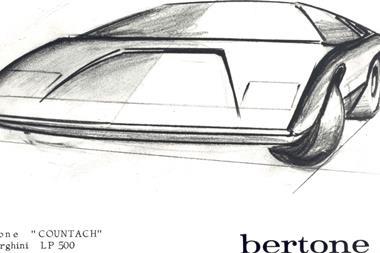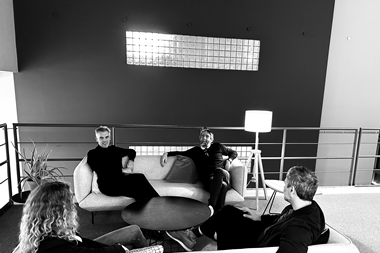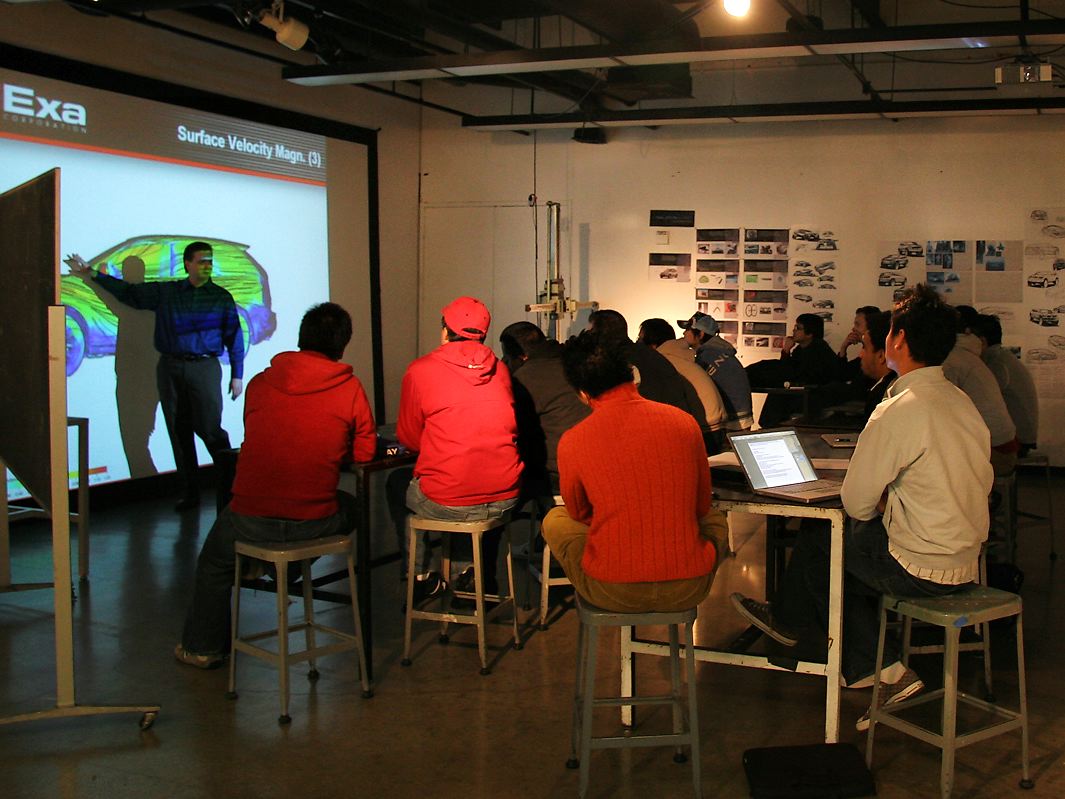
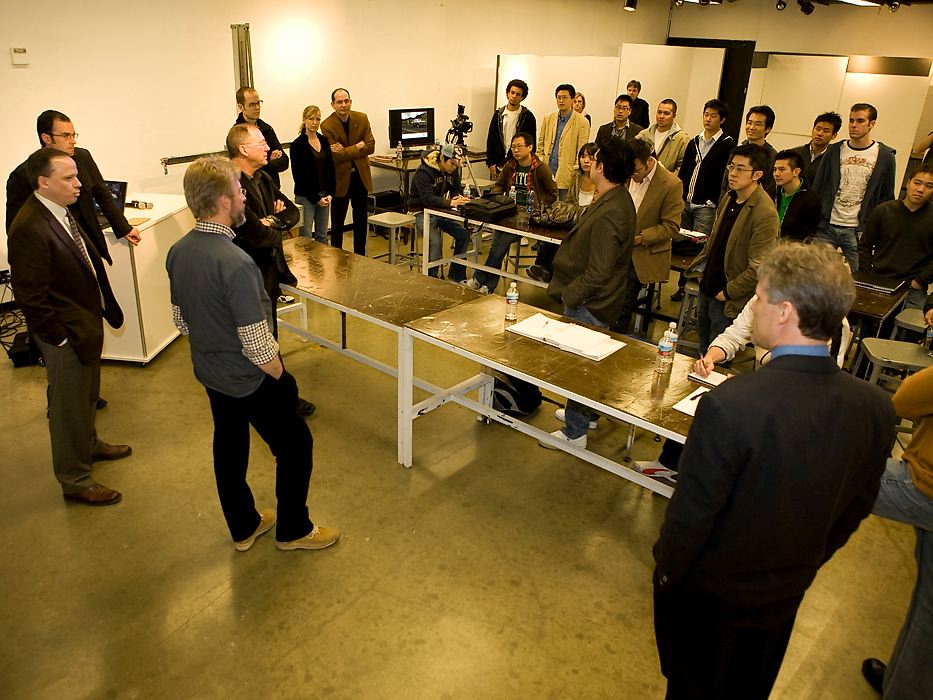
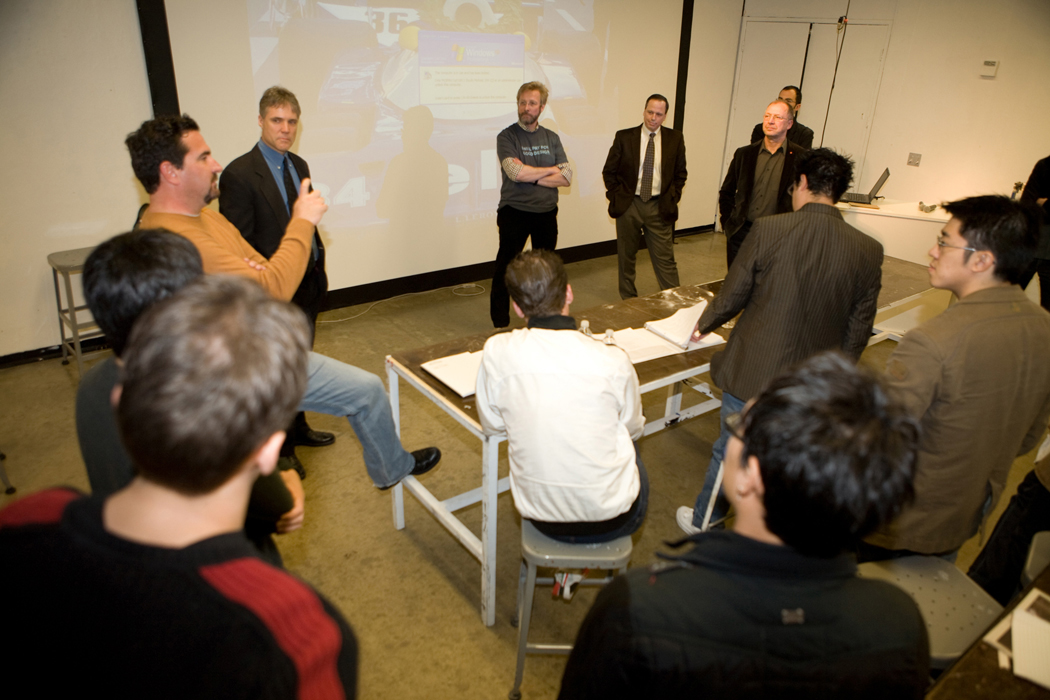
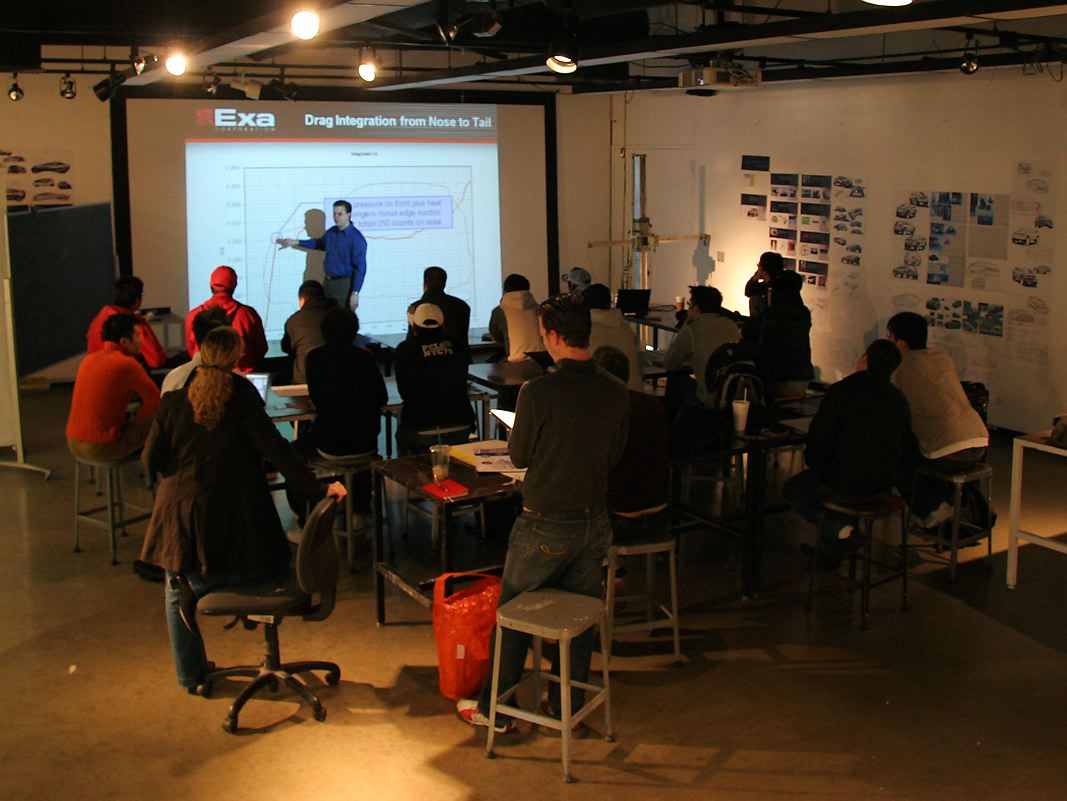

There's a new sponsored project that is just getting under way at Art Center College of Design, the likes of which hasn't been seen in a very long time - if at all. The school's Transportation Design department has helped bring together BMW with Exa Corporation, a Boston-based virtual aerodynamic simulation company, and has tasked the students to re-design the current BMW X5 Sports Activity Vehicle with the hope of dramatically increasing its aerodynamic efficiency while still retaining the BMW flagship SAV design language. This brief is quite timely in the context of the industry's ongoing focus with sustainability and strikes at the core of the BMW Group's long term energy strategy known as the concept of Efficient Dynamics.


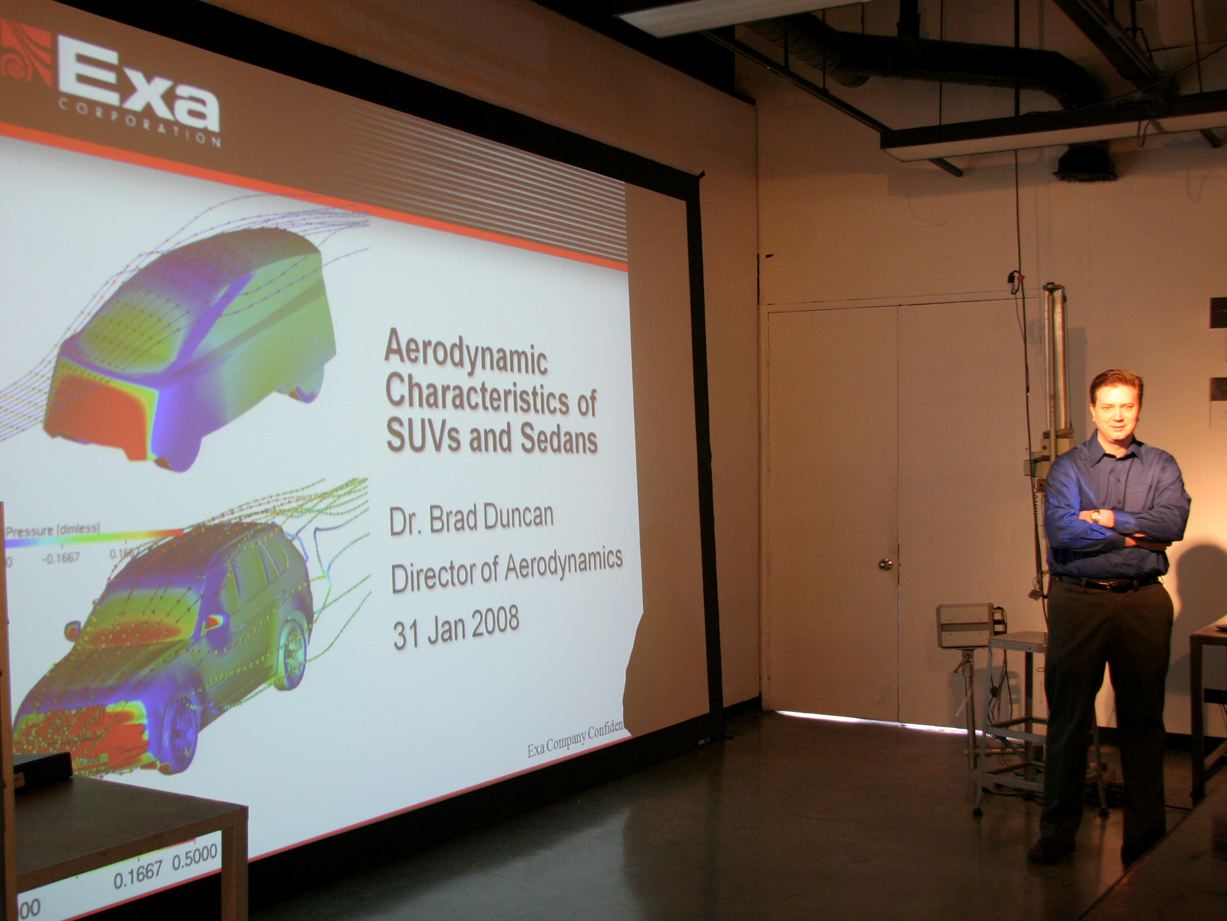
"The BMW/Exa sponsored project is particularly relevant for our students, given the growing importance of fuel efficiency for all categories (or types) of vehicles," commented Stewart Reed, Chair of Transportation Design at Art Center. It also fits perfectly in the context of the industry's ongoing focus with sustainability and strikes at the core of the BMW Group's long term energy strategy known as the concept of Efficient Dynamics.
It is certainly a tall order to fulfill, but the students are being given access to before unheard of virtual simulation tools usually reserved for advanced engineering departments. "By working with Exa, our design students will be able to understand and visualize the aerodynamic behavior of their BMW design proposals using their digital wind tunnel (PowerFLOW). It is exciting that these young designers will have exposure to these powerful, professional design tools" said Reed. The combination of these along with the latest release of RTT's realtime visualization software DeltaGen, which is also being taught at the school, is sure to guarantee a cutting edge set of digital deliverables by term's end.
The kick-off event held several weeks ago brought together BMW's Chris Bangle, Chris Chapman, and Michael Scully (designer of the 2004 Paris Motor Show BMW H2R Hydrogen record car), as well as Steve Remondi and Paul Stewart from Exa Corporation. All five, along with Stewart Reed, took turns lecturing the students about the scope of the project and what specific points to pay particular attention to. The course is being taught by three Art Center instructors Tisha Johnson, Blair Taylor, and Eric Bauer who have most recently worked at BMW Designworks USA, Milliken, Volvo, and RTT USA in the Los Angeles area.
While the first two weeks focused on market, trends and material research, the students have quickly started putting pen to paper. The range of exploration in this large class of two dozen students varies greatly from the more traditional to the eminently experimental. Some are looking to the compound curves of smoke from which to draw inspiration from, while others are looking to examples in nature, like wind-sculpted sand dunes. This early in the term, they are being constantly pushed by their instructors to freely explore form and sculpture and see how it behaves at speed based on the feedback they receive. The design language they develop in these early studies is what is ultimately going to drive their final refined designs as we approach the end of the term in April.
By the end of the second week they were already submitting their first Alias models for virtual wind tunnel simulation. To calculate this, Exa, using the production X5 as a baseline data set, is using their software to morph the student submissions to fit the SAV's package and then generating aerodynamic feedback for them.
Brad Duncan, Manager of Aerodynamics at Exa Corporation, visited the students on Thursday January 31 to give them a crash course in his department's specialty and to personally walk them through their first round of submissions. The design purist might be tempted to think that engineering is leading design here, but that isn't the case. Exa is commendably being very careful not to dictate what the students design, but rather is just providing the invaluable real world feedback and bringing home the reality of what the students will one day have to deal with as professional automotive designers.
This level of real world involvement has had some observers quickly pointing out that this project is rapidly taking on an even greater dimension than the typical professional design internship and all that it usually entails. Everyone involved is eagerly anticipating the potential outcome of what these privileged students are going to create over the span of the fourteen week course.
Car Design News will be bringing you an update on what was achieved during the BMW/Exa 7th term sponsored project when ACCD presents its final show in April. Stay tuned!
Relevant websites:
BMW Efficient Dynamics
BMW Designworks
EXA Corp
RTT USA

































